
Essays on the Foundation of Astrology
 C.E.O. Carter’s Essays on the Foundation of Astrology sheds light on the ancient art of astrology without the oppressive gloom of determinism. Carter eschews the dreary path of fatalism. He doesn’t bind you with the chains of destiny, nor does he proclaim that our fates are irreversibly written in the stars. Instead, he offers a refreshing, approach, one that acknowledges the influence of the planets while respecting the indomitable spirit of human agency. Throughout the book, Carter takes the reader towards a deeper understanding of astrology. Book Preface: “During the years of the war, this book was written. Although much of what appears in it will inevitably be similar to what has appeared in my previous works, it is hoped that it may contain some ideas that are worth preserving and have novelty.” However, Carter does take a critical stance, arguing that sceptics should try to be just as open to change and new discoveries as those interested in astrology. This is what he had to say about the discovery of the outer planets, for instance.
C.E.O. Carter’s Essays on the Foundation of Astrology sheds light on the ancient art of astrology without the oppressive gloom of determinism. Carter eschews the dreary path of fatalism. He doesn’t bind you with the chains of destiny, nor does he proclaim that our fates are irreversibly written in the stars. Instead, he offers a refreshing, approach, one that acknowledges the influence of the planets while respecting the indomitable spirit of human agency. Throughout the book, Carter takes the reader towards a deeper understanding of astrology. Book Preface: “During the years of the war, this book was written. Although much of what appears in it will inevitably be similar to what has appeared in my previous works, it is hoped that it may contain some ideas that are worth preserving and have novelty.” However, Carter does take a critical stance, arguing that sceptics should try to be just as open to change and new discoveries as those interested in astrology. This is what he had to say about the discovery of the outer planets, for instance.
When other planets were discovered astrologers were placed in an awkward position. Some took the stand that there was no reason to believe that the ancient rulerships would remain valid for all time. They might be subject to an evolutionary process. Finally there might be twelve known planets, one for each sign. But the notion that the discovery of the “new” planets had disproved astrology is ridiculous, and, when made by those who have not studied the subject- it is made by none others – it is equally presumptuous. The readiness to receive new factors is rather to the credit of astrologers than to their discredit and it would well be for mankind if all organised bodies of thought had shown a like alacrity to accept new discoveries. It is the misfortune of astrology – if truth in any form can be unfortunate – that even when it has been examined by brilliant intellects it has usually been studied only superficially; and minds normally free from prejudice have apparently forgotten this virtue when they engage upon the subject.
Charles C.E.O. Carter’s astrological works, which include many insightful volumes, are particularly engaging because of his unique position as an astrological president. Carter’s approach to astrology is influenced by his astrological chart, where Mercury, representing thought processes, forms a trine with Uranus, the planet of innovation and freedom. It reveals an intellectual openness to new ideas, which is evident in his writing.
He emphasizes the importance of considering the entire chart, rather than focusing narrowly on particular aspects or placements. For example, Carter discusses the scenario where Venus, traditionally seen as well-fortuned in Libra and in the 7th house, is unaspected—suggesting that even this favorable placement needs to be viewed within the context of the chart as a whole.
Carter’s approach urges us to consider these influences within the entirety of the chart. For instance, even if Venus is well-placed in Libra, if it’s unaspected, its beneficial qualities might not be fully realized. The native may possess the potential for harmony in relationships but might struggle to express or connect with these qualities due to a lack of interaction with other planetary energies.
Carter categorizes the planetary influences in a horoscope into three types: excessive, deficient, or balanced. He believes that when a planetary value is excessive, it may lead to an overemphasis or overreliance on traits or life areas represented by that planet. Conversely, a deficiency in a planetary influence might indicate underdeveloped traits or neglected areas of life. When the balance is just right, the traits are expressed harmoniously.
Excessive Influence
Picture a horoscope where Jupiter is excessively strong—perhaps it’s in Sagittarius, its domicile, and forming a grand trine with the Sun and Mars. Jupiter’s expansive energy is at its peak, bestowing the native with boundless optimism, enthusiasm, and generosity. However, this excess can tip into overconfidence, recklessness, or even indulgence. The native might find themselves taking on too many projects, promising more than they can deliver, or overspending in their zest for life.
Deficient Influence
Now imagine a chart where Saturn is deficient—say, it’s in detriment in Cancer and receives hard aspects from Mars and Neptune, creating a challenging dynamic. Saturn’s influence is weakened, leading to a lack of structure, discipline, and perseverance. The native might struggle with setting boundaries, maintaining long-term commitments, or facing their responsibilities. This deficiency can manifest as procrastination, escapism, or an overwhelming sense of insecurity.
Balanced Influence
In a balanced scenario, let’s take Venus making harmonious aspects to both Jupiter and Saturn. Here, Venus’s energy is neither excessive nor deficient; it’s just right. The native enjoys harmonious relationships, appreciates beauty, and balances pleasure with responsibility. They can express love and affection healthily and enjoy social interactions without becoming overly dependent or indulgent.
Favorable and Challenging Aspects
The presence of favorable or easy aspects in one’s natal chart, such as trines and sextiles, is likened by Carter to being able to “go with the flow.” These aspects generally indicate natural talents and ease in utilizing the energies of the planets involved, facilitating smoother life experiences in related areas. For example, Mercury trine Uranus can indicate a sharp, inventive mind with an easy grasp of new ideas. This aspect makes the native good at problem-solving and quick thinking, enjoying mental agility without much effort.
On the other hand, challenging aspects, often referred to as “negative” aspects, like squares and oppositions, can lead to tensions and conflicts. According to Carter, these aspects might cause the native to feel out of sync or alienated from their environment. These aspects require conscious work to integrate their energies constructively. For instance, a Moon square Mars aspect might indicate emotional volatility and impulsiveness. The native might frequently feel torn between their desires and their emotional needs, leading to inner conflict. However, with awareness and work, they can develop emotional strength and assertiveness.
“One of the first lessons that an intelligent student learns is that he cannot classify charts as good and bad by adding up the number of allegedly benefic and malefic aspects. The problem involves the philosophy of life which any particular individual may adopt. In other words, what does he mean by “good” and “bad”? This we cannot answer for him; but it seems a fact that most of those whom the generality of mankind acclaim as “great” or even as “successful” have mixed figure of birth. Constructive aspects showing their powers of achievement; obstructive formation showing the difficulties they had to surmount in order to win their titles to applause. Very harmonious nativities do not seek to perform deeds of derring-do [action displaying heroic courage]; they are quite happy as they are.”
Here are Carter’s thoughts on the best way to explain planetary transits to astrology clients:
True, those who consult astrologers when in trouble should be prepared to hear the truth, but there are ways of presenting this sometimes disagreeable commodity to persons who are probably already worried and depressed. To tell a consultant that he is faced with a “bad aspect” is likely to impress him with the notion that he is confronted with something that has neither the rime nor reason, but is simply unpleasant, vexatious and perhaps dangerous. To tell him that an approaching aspect is difficult should have quite a different effect. It implies that there will be a job to do or a problem to solve, not just brute disaster ahead. It is a challenge, not a crude threat.
The Houses
Charles C.E.O. Carter also tackles the question of the houses’ significance. He questions whether the houses are just backdrops or if they hold deeper, more influence over our personalities and lives. Carter doesn’t shy away from delving into the different house systems, each with its own method of dividing the sphere.
Placidus System: This time-based method is perhaps the most widely used, dividing houses based on the time it takes for the Ascendant to reach each degree of the ecliptic. While popular, some astrologers argue that it sometimes skews house sizes, particularly at higher latitudes. This one is recommended by Liz Greene as it is the most sensitive.
Equal House System: This simpler method, where each house is exactly 30 degrees, appeals to those with a more straightforward and symmetrical approach. It ensures each area of life gets equal attention but might gloss over the unique emphasis found in unequal house systems.
Whole Sign Houses: An ancient system seeing a modern resurgence, where each sign becomes a house regardless of the Ascendant’s degree. This method aligns with the zodiac, offering clarity and ease but may overlook nuances in individual charts.

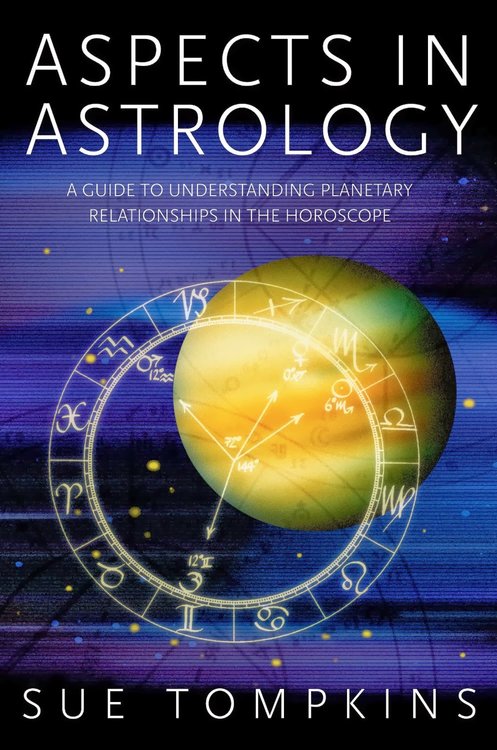









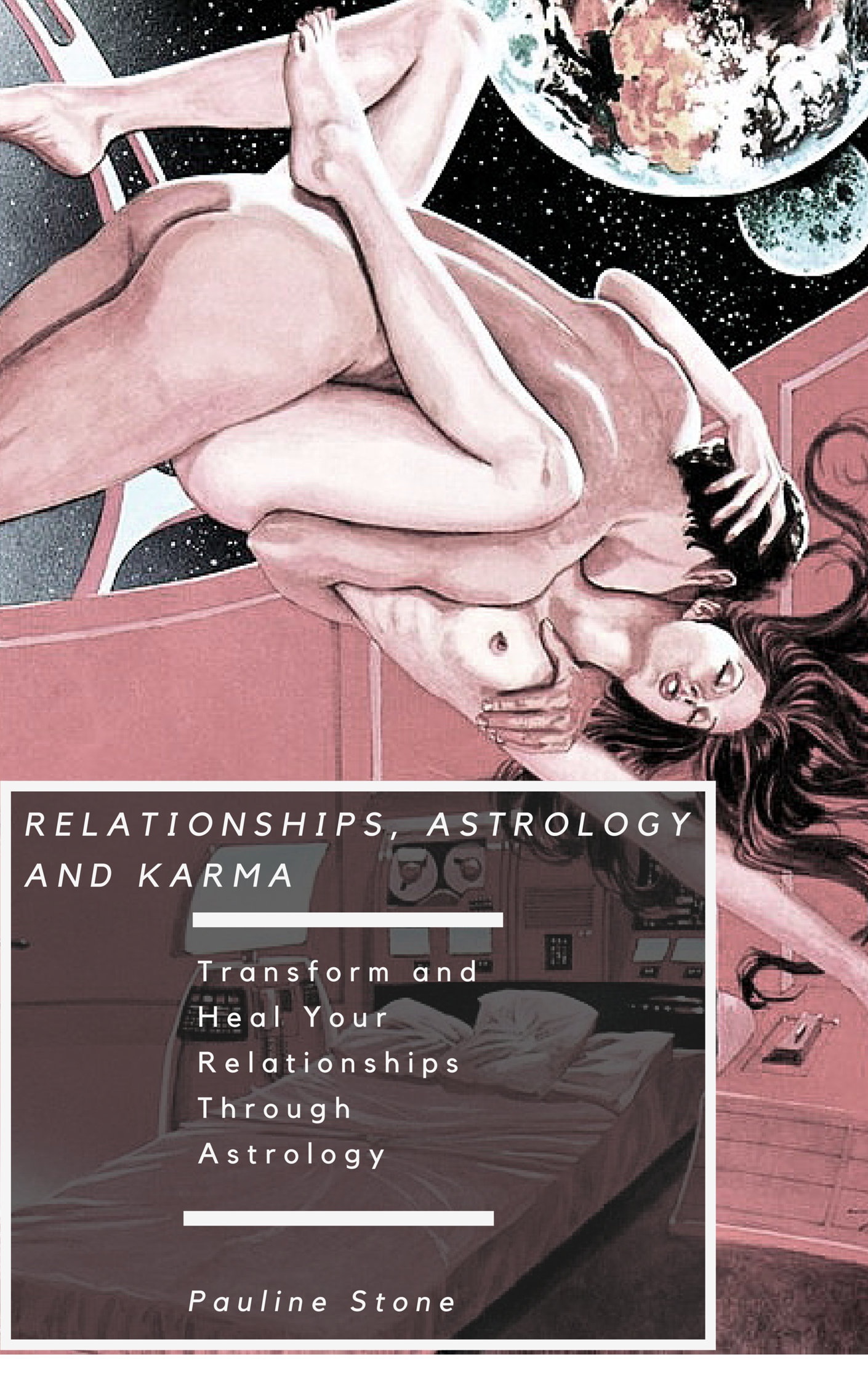
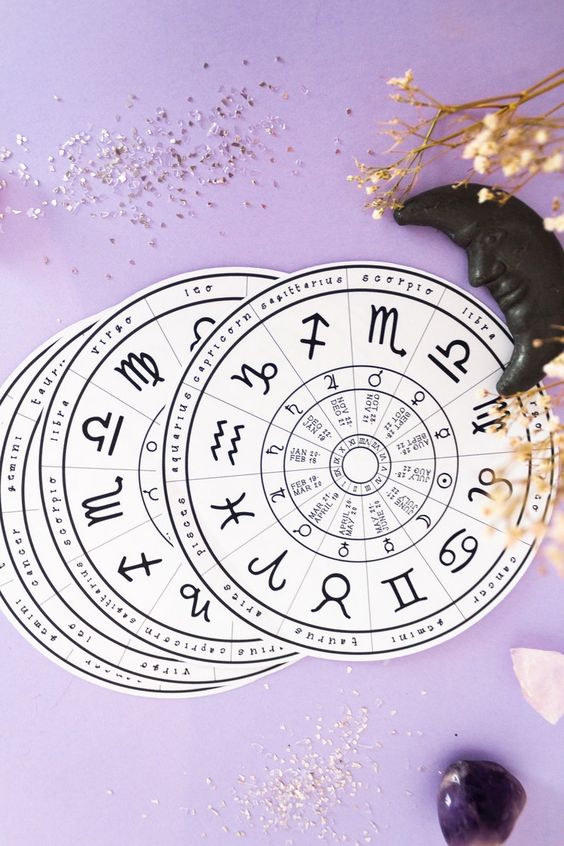
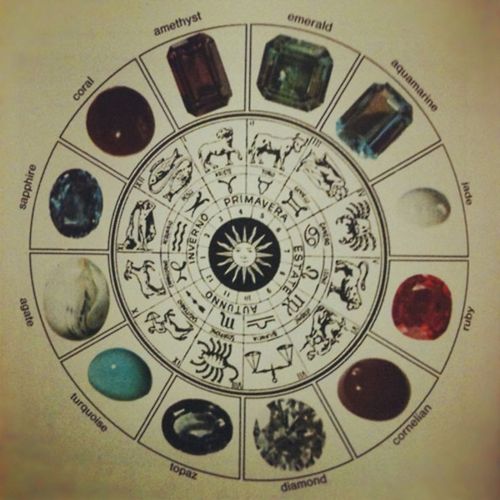





 Uranus Transits the 6th House
Uranus Transits the 6th House
 Moon Conjunct Pluto Synastry
Moon Conjunct Pluto Synastry
 Venus-Pluto: The Death of Ideals
Venus-Pluto: The Death of Ideals
 Sun Square Pluto Synastry: You’ve Got That Power Over Me
Sun Square Pluto Synastry: You’ve Got That Power Over Me
 Mars-Saturn Synastry: The Eternal Loop
Mars-Saturn Synastry: The Eternal Loop
 Composite Sun in the 8th House: Weather the Storm
Composite Sun in the 8th House: Weather the Storm
 Sun Square Uranus Natal Aspect
Sun Square Uranus Natal Aspect
 Mars Conjunct Pluto Synastry
Mars Conjunct Pluto Synastry
 Venus in the 5th House
Venus in the 5th House
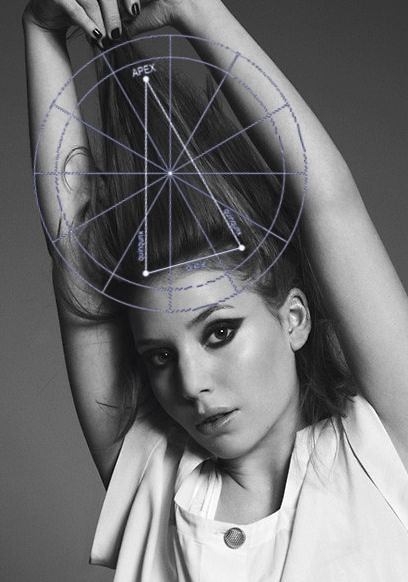 The Yod Aspect Pattern: The Mystical Power of the “Finger of Fate”
The Yod Aspect Pattern: The Mystical Power of the “Finger of Fate”
 Sun Trine Neptune Natal Aspect: When Imagination Takes the Lead
Sun Trine Neptune Natal Aspect: When Imagination Takes the Lead
 Mars in Aquarius: Sex drive
Mars in Aquarius: Sex drive
 Transiting Pluto Aspect Natal Mars: Are You Mad as Hell
Transiting Pluto Aspect Natal Mars: Are You Mad as Hell
 Venus Conjunct Pluto: The Enchantress of Obsession and Doom
Venus Conjunct Pluto: The Enchantress of Obsession and Doom
 Sun Quincunx Moon Natal Aspect: Is There a Nagging Discontent?
Sun Quincunx Moon Natal Aspect: Is There a Nagging Discontent?
 Sun Conjunct Neptune Natal Aspect
Sun Conjunct Neptune Natal Aspect
 Reflections on a Past Venus-Pluto Synastry Aspect
Reflections on a Past Venus-Pluto Synastry Aspect
 The Progressed Moon Aspects Pluto: Emotional Déjà Vu — Haven’t We Screamed Here Before?
The Progressed Moon Aspects Pluto: Emotional Déjà Vu — Haven’t We Screamed Here Before?
 Pluto in the 10th House
Pluto in the 10th House
 Scorpio’s Cold Withdrawal
Scorpio’s Cold Withdrawal